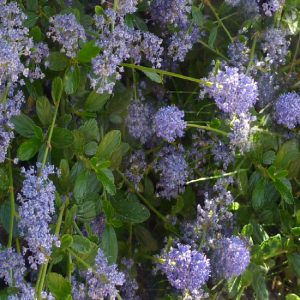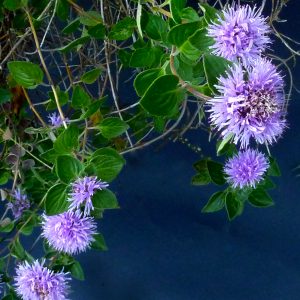Menu
Wilson’s Warbler
Wilson’s warbler (Cardellina pusilla) is a small New World warbler in the Parulidae family. It breeds across Canada and south through the western United States, and winters from Mexico south through much of Central America.
The breeding habitat is fairly open woodland with undergrowth or shrubs and thickets in moist areas with streams, ponds, bogs, and wet clearings. Wilson’s warbler breeds in northern Canada and the western US; it winters in overgrown clearings and coffee plantations, forest edges, deciduous forests, tropical evergreens, pine-oak forests, mangroves, thorn-scrub, riparian gallery forests, brushy fields, and mixed forests. At all seasons, it prefers secondary growth, riparian habitats, lakes, montane and boreal forests with overgrown clearcuts.
is an insectivore, feeding primarily on insects gleaned from leaves and twigs, or caught by flycatching. Some of these insects include beetles, bees, or caterpillars. The Wilson’s warbler is an active forager, moving rapidly through shrubs, on the ground, and sometimes in taller trees during the winter. It also eats a few berries.















